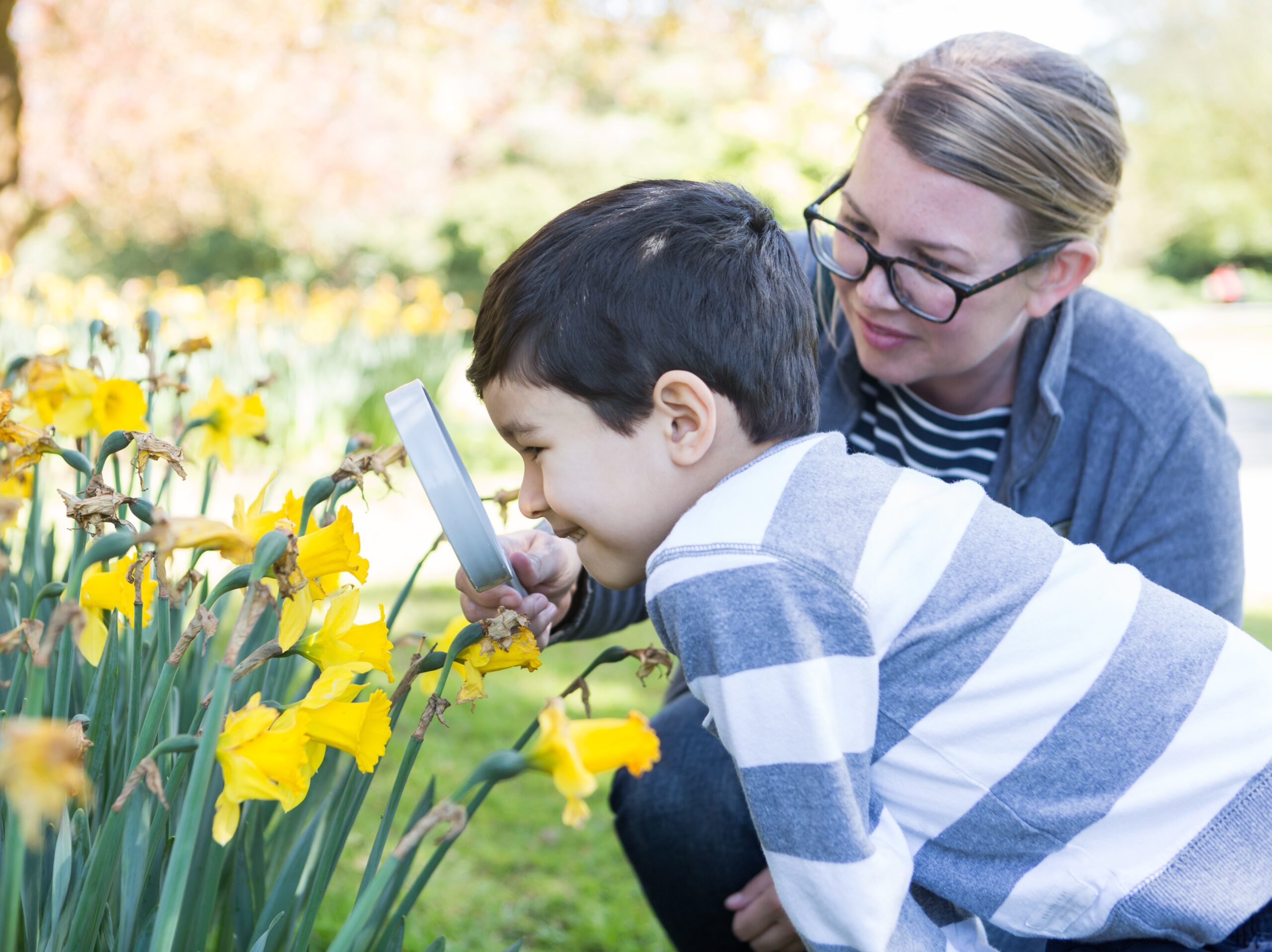
Central Coast Gardening Essentials
Contributor
Central Coast Gardening Essentials is the result of years of trial-and-error and keen observations by Joe Seals, a gardener, teacher, and horticulturist, who shares his own evolution from a hater of agapanthus to an acceptance of the fact that agapanthus is occasionally the perfect plant for some garden purposes.
The entire book is filled with examples of sound, commonsense recommendations. He addresses every conceivable aspect of gardening on California’s Central Coast (here defined as from Lompoc to Cambria) in a simple but comprehensive language.
We came to two conclusions in reading Seals’s book: First, the unassuming size and layout makes one wish for color pages or more pictures to explain the written recommendations. Perhaps the next edition will include line drawings or photographs.
The second thought was that we want to meet this author, simply because he has removed the “muck and magic” from the burdensome gimmickry, gadgetry, and downright twaddle (his words) that can be found in many books on gardening. In the chapter on garden terminology, for instance, Seals explains the difference between “hardy” (tolerant of cold) and “hearty” (sturdy)—a distinction that has long been one of our bugaboos.
His plant lists note functional uses and appropriate combinations of plants in the same manner that Roland Hoyt did in his 1938 classic Check Lists for the Ornamental Plants of Subtropical Climates. Both books present solid information that will be as accurate and useful fifty years from now as it is today.
Seals is refreshingly willing to cast aside many common, over-used plants that have persistent pest or disease problems or are otherwise poorly adapted to Central Coast climates. Jacaranda, for example, is disparaged as “one of the trashiest trees we can plant.” We have to agree that, on the Central Coast, they are not at all attractive when not in bloom.
On the other hand, we disagree with his recommendation of honey locust (Gleditsia triacanthos), because of pod gall midge infestations. Nor can we endorse Fremont cottonwood (Populus fremontii), so prone to poplar rust and limb loss; admittedly, some gardeners are more tolerant of pest damage. We dissent from the author’s objection to the use of mulch to cover large areas of bare ground; we feel that mulch is a better ground cover than weeds, which are the typical alternative.
We have all installed a plant that we hoped would thrive, even though we really knew it was in the wrong soil or exposure. If there is one consistent theme in this book, it is “Right Plant, Right Place.”
We would wish an instructor like Joe Seals for all students of horticulture.
Barrie & Carol Coate, arborist & horticulturalist
Los Gatos, California
Share:
Social Media
Garden Futurist Podcast
Most Popular
Videos
Topics
Related Posts

Ground Up Science for Greener Cities with Garden Futurist Dr. Alessandro Ossola
Spring 2023 Listen to the Podcast here. Alessandro Ossola is a scientist who gets very excited about the challenge of climate change allowing for an

Readying Urban Forests for Climate Realities with Garden Futurist Dr. Greg McPherson
Winter 2023 Listen to the Podcast here. “Going from the mow and blow to a more horticulturally knowledgeable approach to maintaining the landscape. And that

January Showers Bring February flowers…
Fall 2022 It may not quite have the same ring to it as the old English proverb, but it has a lot more truth to

Low Maintenance Gardens – Better for Pollinators and People
Autumn 2022 “I come out every day. It’s therapy, my meditation.” Janet’s young garden transformed from overgrown, invasive plants to mostly natives. The dailiness of










Responses